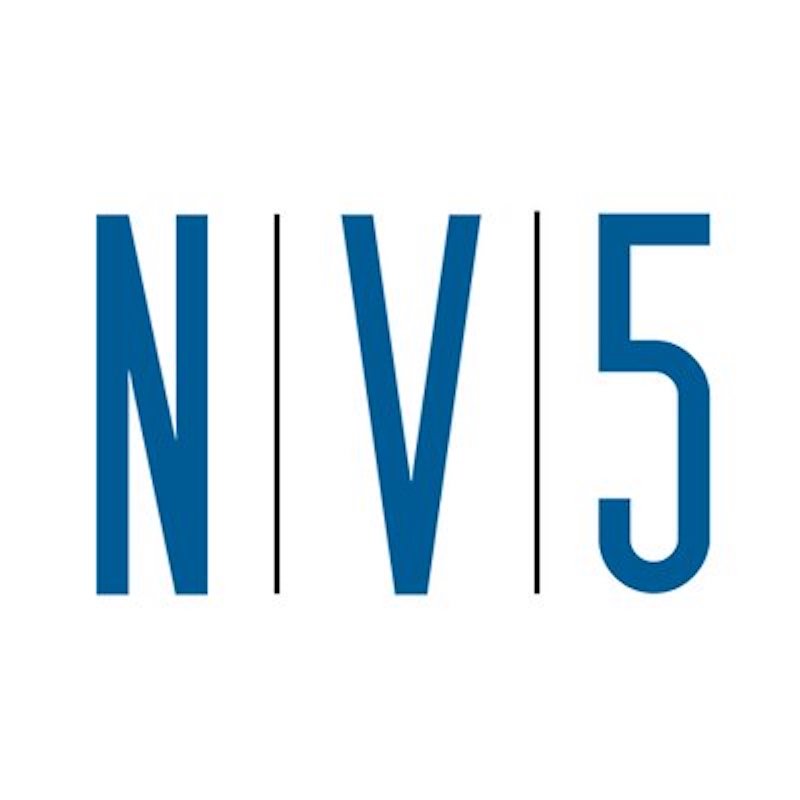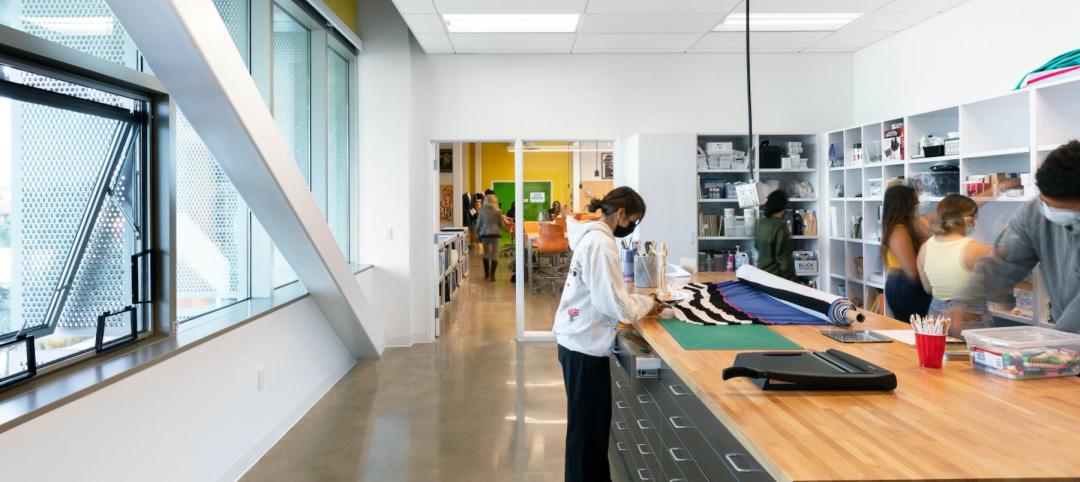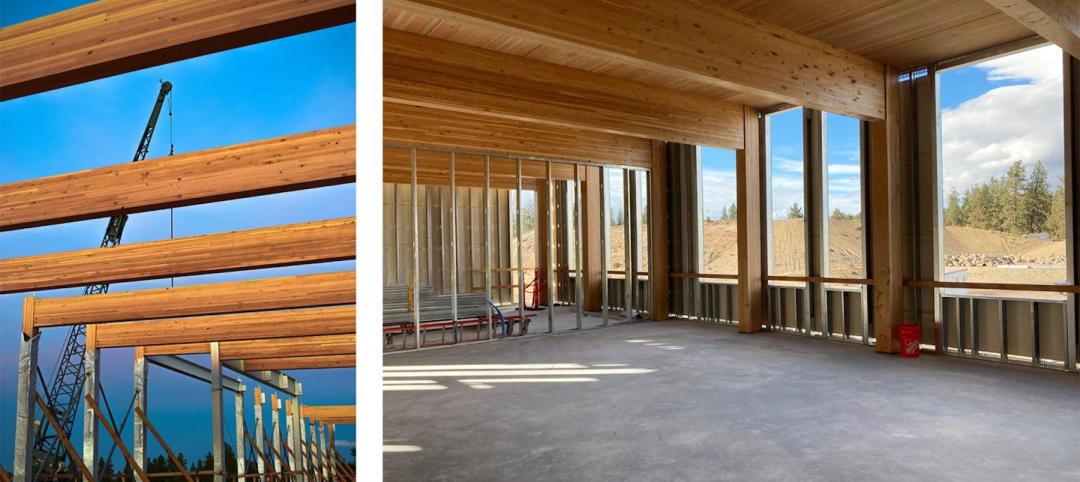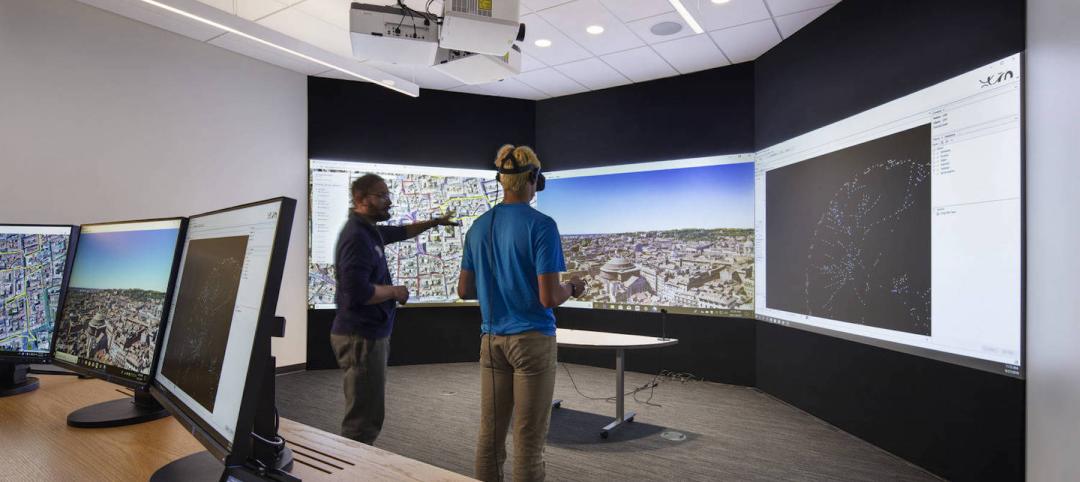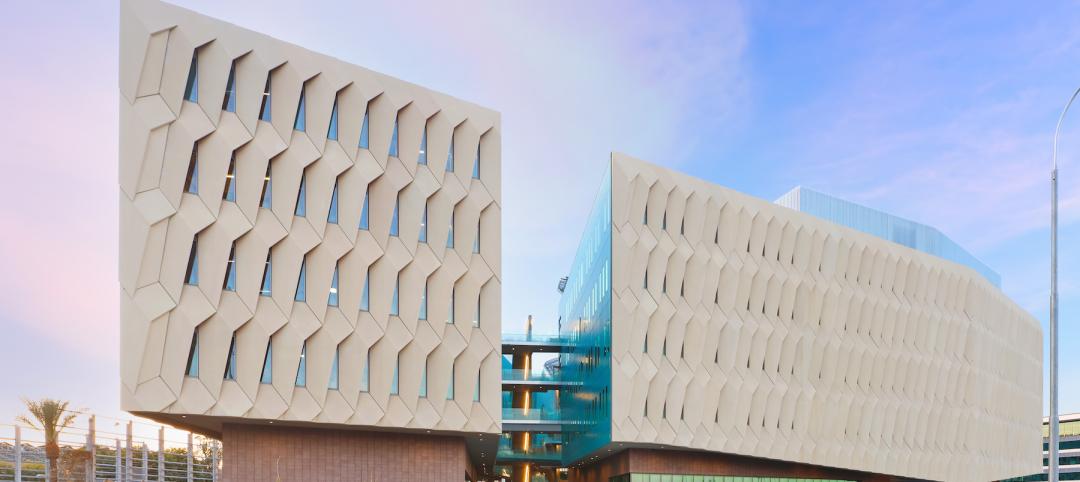N|V|5 Global, one of the fastest-growing engineering and consulting firms in the industry, has proposed a public offering of 1.27 million shares of its common stock at a price of $79 per share. The company, based in Hollywood, Fla., expects this sale to net an estimated $93.5 million.
BofA Merrill Lynch and Roth Capital Partners are managing the offering, the proceeds from which N|V|5 intends to use for “general corporate purposes” that could include more acquisitions.
Since 2010, N|V|5 Global has acquired more than 25 companies. It transacted its latest purchase last September, when it acquired Marron and Associates, an environmental services firm based in New Mexico with 15 full-time professionals.
N|V|5 focuses primarily on five business verticals: construction quality assurance, infrastructure engineering and support services, energy, program management, and environmental solutions. The Company operates out more than 100 locations nationwide and abroad in Macau, Hong Kong, and Vietnam.
On Wednesday, the company’s stock price hit $90.25 per share, pushing it market capitalization briefly above $1 billion. (Its stock price closed yesterday at $83 per share.)
For the six months ended June 30, N|V|5 reported total revenue of $198.6 million, a 34.3% increase over the same period in 2017. Its net income for this period, $11.9 million, was up more than 80%.
The stock offering is scheduled to close on Monday, after which N|V|5 would still be controlled by insiders,. The company’s Prospectus states that there would be 12,399,000 shares of common stock outstanding after the offering. As of August 3, there were 732 holders of record of N|V|5’s common stock, excluding beneficial owners.
The Prospectus states that the Wright Family Trust has offered an additional 190,500 of its 921,717 shares that underwriters can purchase if they choose to exercise their options within the next 30 days. Dickerson Wright, PE, has been N|V|5’s Chairman and CEO since the company’s inception in 2009.
Related Stories
| Aug 9, 2022
Work-from-home trend could result in $500 billion of lost value in office real estate
Researchers find major changes in lease revenues, office occupancy, lease renewal rates.
| Aug 9, 2022
5 Lean principles of design-build
Simply put, lean is the practice of creating more value with fewer resources.
| Aug 9, 2022
Designing healthy learning environments
Studies confirm healthy environments can improve learning outcomes and student success.
Legislation | Aug 8, 2022
Inflation Reduction Act includes over $5 billion for low carbon procurement
The Inflation Reduction Act of 2022, recently passed by the U.S. Senate, sets aside over $5 billion for low carbon procurement in the built environment.
| Aug 8, 2022
Mass timber and net zero design for higher education and lab buildings
When sourced from sustainably managed forests, the use of wood as a replacement for concrete and steel on larger scale construction projects has myriad economic and environmental benefits that have been thoroughly outlined in everything from academic journals to the pages of Newsweek.
AEC Tech | Aug 8, 2022
The technology balancing act
As our world reopens from COVID isolation, we are entering back into undefined territory – a form of hybrid existence.
Legislation | Aug 5, 2022
D.C. City Council moves to require net-zero construction by 2026
The Washington, D.C. City Council unanimously passed legislation that would require all new buildings and substantial renovations in D.C. to be net-zero construction by 2026.
Cultural Facilities | Aug 5, 2022
A time and a place: Telling American stories through architecture
As the United States enters the year 2026, it will commence celebrating a cycle of Sestercentennials, or 250th anniversaries, of historic and cultural events across the land.
Sponsored | | Aug 4, 2022
Brighter vistas: Next-gen tools drive sustainability toward net zero line
New technologies, innovations, and tools are opening doors for building teams interested in better and more socially responsible design.
| Aug 4, 2022
Newer materials for green, resilient building complicate insurance underwriting
Insurers can’t look to years of testing on emerging technology to assess risk.


